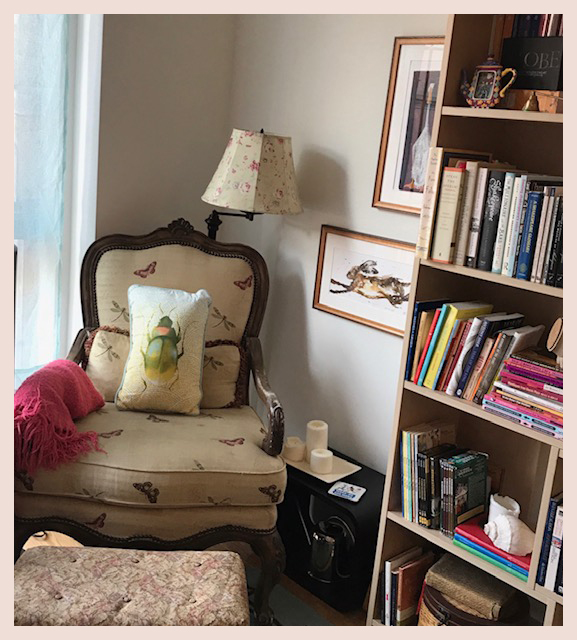In the last blog we talked about hymns and why we so need them to remind ourselves and each other just who is this God that we serve and what are His unchanging attributes that we can depend on in a undependable world. Hymns are also songs addressed to God in worship and gratitude for our history with Him.
The other kind of song that we need to sing is the gospel song. Many great gospel songs have also survived the test of many generations of experience and often we even hear these called “hymns” because they have proven to be so true to our shared experience. While hymns are “vertical” or God directed, gospel songs are “horizontal” or relational. By that I mean that they are “the word of our testimony”-– each of us telling someone else what God has done in our lives. These songs are our personal story.
I guess I am cynical enough that when I sit in church and hear both hymns and praise and worship songs telling how awesome God is, I am asking in my mind, “How do you know that? I have my real and complicated life coming up tomorrow morning, and I have to know how you know that God is awesome, powerful, omnipotent, omnipresent and all the things you are singing about Him.”
There is nothing so powerful to my fainting heart as a real person saying to me, “This is what happened to me, and this is how I know.” Like the blind man who was questioned by the sanctimonious doubters, he simply said, “I don’t know whether he’s good or bad. I only know, once I was blind, but now I see.”
We also need these relational songs because love demands action to be valid. We don’t read the words of Jesus very long before we hear Him telling us to feed the hungry, clothe the naked, give shelter to the homeless and “thus fulfill the law of love.”
It is my deep belief that in our worship, both personal and corporate, we need a good balance of hymns and personal testimony songs. We do overcome by the “blood of the Lamb” and by “the word of our testimony.” Nothing is as powerful when some cynic shoves us into a corner of “theological nit-picking” than taking two steps away from the belligerent finger-pointing to simply say, “I only know, this happened to me.”
We need both hymns and gospel songs because every vertical commitment will eventually demand a horizontal living out in relationship with those around us. It is imperative that we know what God says in His living Word and when we gather to worship express our gratitude for all He is, rising above our smallness to embrace His Glory. We also need to live out what He says in this word, drawing from the great storehouse of His freely offered resources to embrace a hurting world by being what He has called us to be. The vertical. The horizontal. The hymns of praise and great scriptural truths that have withstood the test of experience must be combined with the word of our personal testimony sharing our stories of God at work through us and in us to conform us to the likeness of His Son. We need to teach both to our children. Don’t worry that they might not totally understand all the words. Did you? Did I? But hymns and spiritual songs that are worth their salt are pieces of portable theology, and they will throw our children a lifeline when experience is pulling them under for the third time. As with scripture, the meaning of profoundly true songs will become clear when life gets their attention.
The “praise and worship” vs. “gospel songs” argument should never come up! We need to sing the songs that have outlived us. We need to sing the songs as new and fresh as this morning’s experience with our neighbor or our children. We need the songs that remind us that we have a history with God. We need the songs that sing our testimony as personal as the text of encouragement we just received from a fellow believer.
All must be biblical, beautiful, true, powerful and, yes, personal. Let’s encourage each other daily, singing hymns and spiritual songs. Let us never lose our joy and in the chaos of the world, live at rest in Him who is the alpha and omega, the beginning and the end.















